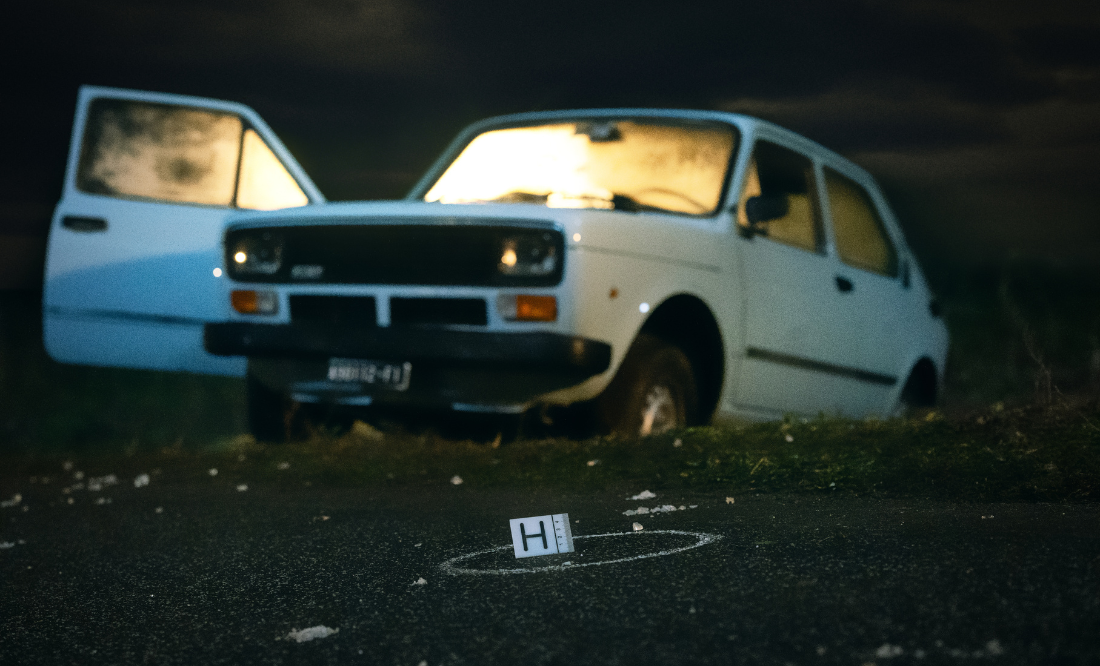This October, Netflix commemorates its 10th anniversary in Italy with the release of Il Mostro, a gripping new limited series that brings to life one of the most disturbing chapters in the country’s criminal history. Directed by Stefano Sollima (Gomorrah, Romanzo Criminale), and co-created with Leonardo Fasoli, the four-part series will debut worldwide on October 22, offering a chilling look at the long-unsolved mystery of the so-called “Monster of Florence.”
Between 1968 and 1985, a string of eight double homicides terrified the hills around Florence. The victims were young couples, murdered while parked in isolated areas. The killer always used the same weapon — a .22 caliber Beretta — and left behind scenes marked by unspeakable brutality. The investigation that followed became one of the most complex and controversial in Italian history, spanning decades, implicating multiple suspects, and raising far more questions than it answered.
Rather than focusing solely on the police investigation or courtroom drama, Il Mostro takes a more psychological and layered approach. It explores the shifting theories, the growing paranoia, and above all, the “possible monsters” — the individuals who, over the years, found themselves entangled in the case. Some were accused, others were scapegoated, and many lived under a cloud of suspicion. The series dares to ask: in a story full of shadows and speculation, who really is the monster?
Produced by Lorenzo Mieli, Stefano Sollima, and Gina Gardini for The Apartment (a Fremantle company) and AlterEgo, Il Mostro brings together a powerful creative team with a strong track record in crime drama. The cast includes Marco Bullitta, Valentino Mannias, Francesca Olia, Liliana Bottone, Giacomo Fadda, Antonio Tintis, and Giordano Mannu — a group of emerging actors whose raw performances lend authenticity and tension to every scene.
While rooted in real events and inspired by court documents and ongoing investigations, the series steers clear of easy answers. “We wanted to tell the story from the inside out,” says Sollima. “Not just what happened, but how it felt — the fear, the suspicion, the human cost. Because when a case like this stays unresolved for so long, the line between guilt and innocence begins to blur.”











